Isernia, Monument to the Fallen
2021
You may also like
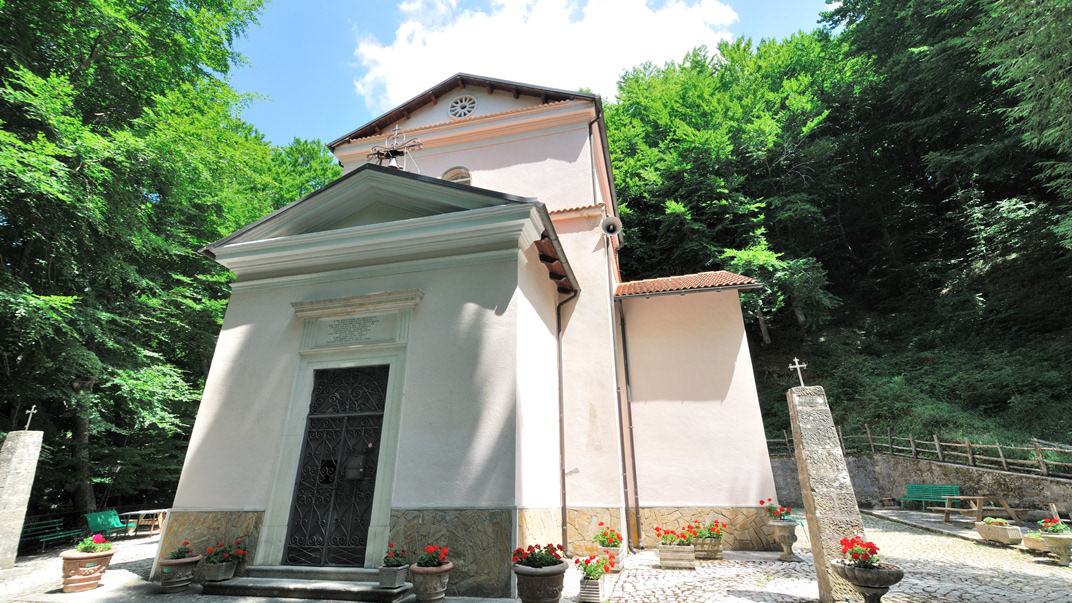
2015
San Pietro Avellana (IS), eremo di S. Amico
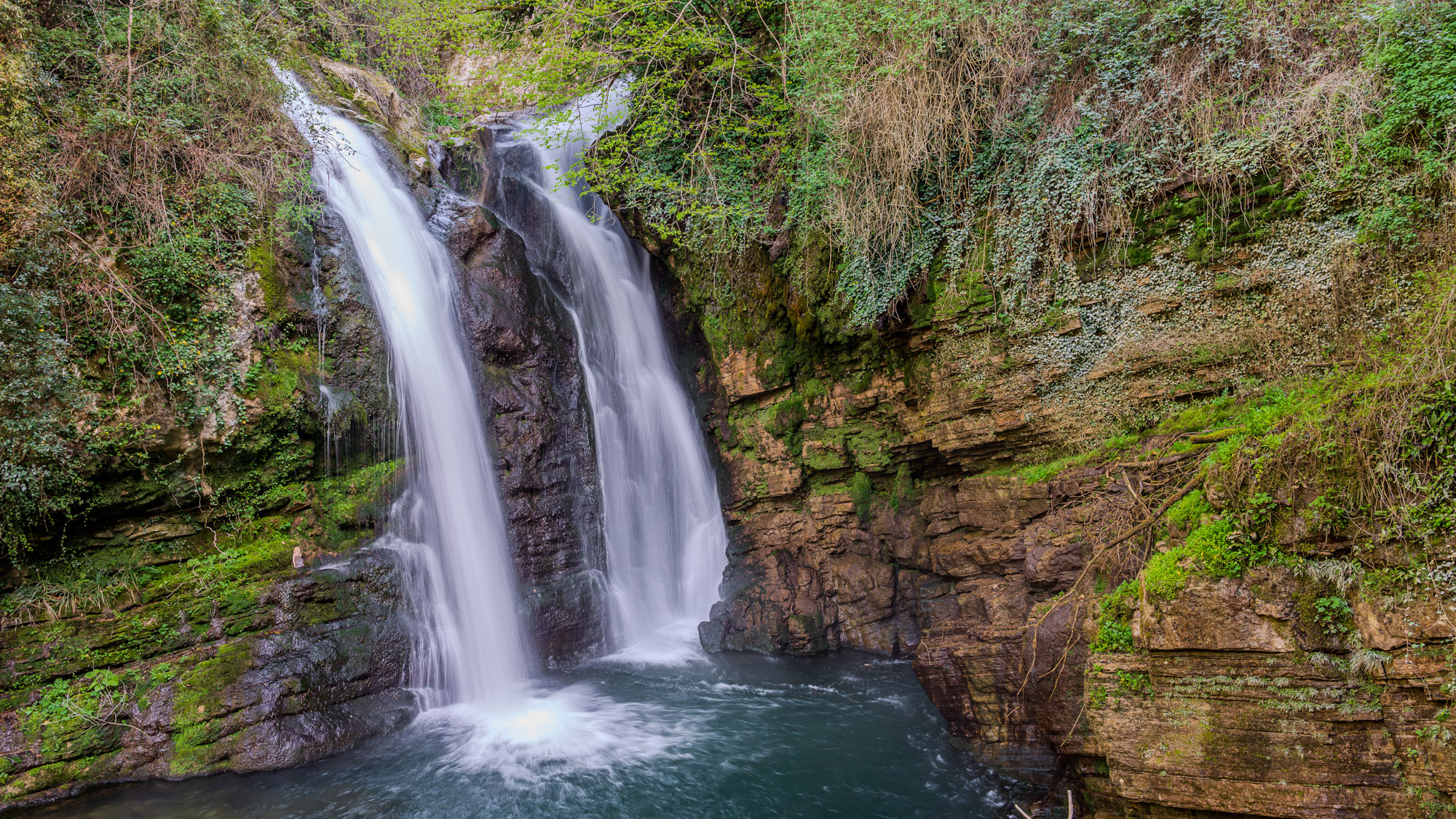
2024
Carpinone. The waterfalls. Spring 2024
In the heart of a very small village in Molise, immersed in an enchanted forest and floral nature, stands the Carpinone waterfall, one of the most fascinating natural spectacles of the place. The rush of foaming water, which rushes downwards, pervades you as soon as you take the path and when you finally reach it you have a fantastic visual effect of light and roar. The Carpinone waterfall is becoming one of the major natural attractions of Molise, thanks also to a group of volunteers who, for some years, have been taking care of its appearance to make it accessible to everyone and not just to the few enthusiasts or those who despise the danger... She's too beautiful to leave there alone! It was born as a gift from nature and can be reached by following various paths, all immersed in the bright greenery of Molise and all marked with hand-made wooden signs, so as not to affect the suggestive panorama. As you walk, you feel a very pleasant emotion thanks to the direct contact with nature, the breathing of healthy, clean air and the sight of wonderful floral species that make everything fairytale-like.
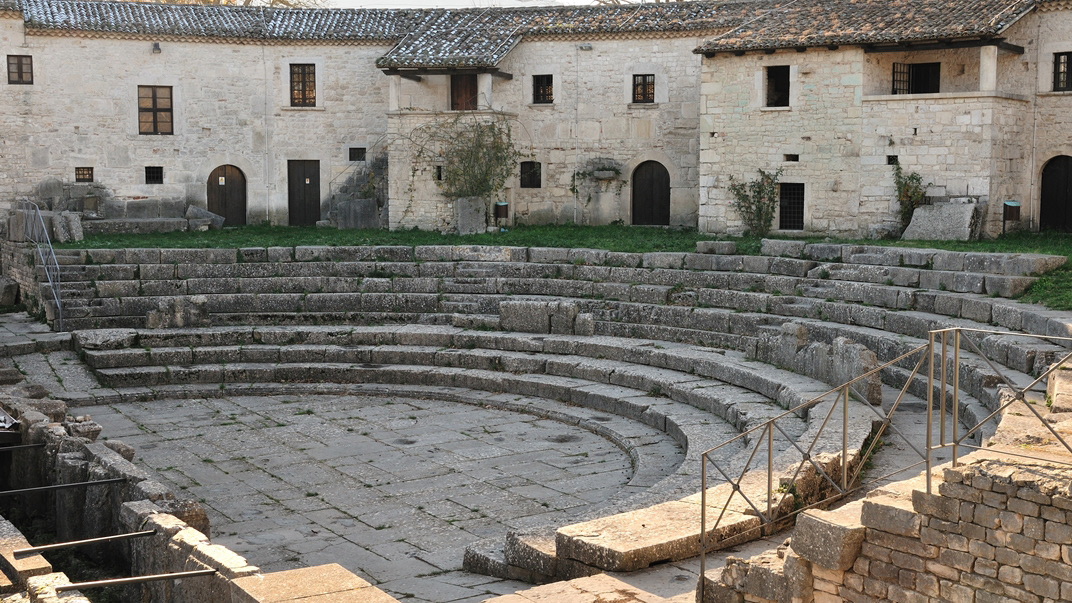
2010
Sepino (CB) - Saepinum
2025
Sant’Elena Sannita. Spectacular spring views
2021
Isernia, the Cathedral
The cathedral of San Pietro Apostolo is the most important Catholic church in the city of Isernia, mother church of the diocese of Isernia-Venafro and seat of the parish of the same name. It is located in Piazza Andrea d'Isernia, in the historic center of the city and stands on an ancient Italic pagan temple from the 3rd century BC; its present appearance is the result of numerous interventions, carried out both after the numerous earthquakes, and as a result of renovation projects of the building.
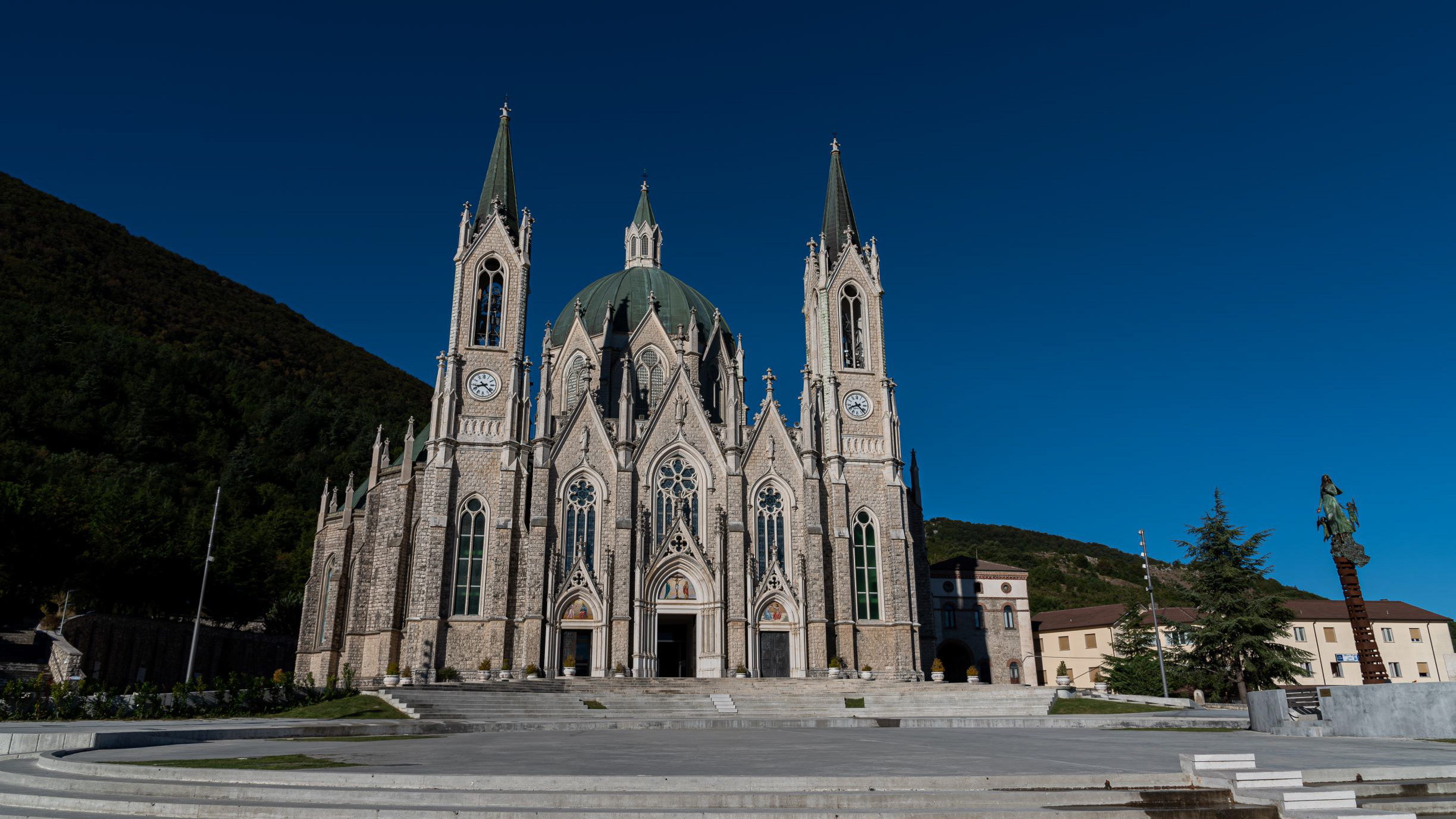
2020
Castelpetroso. The Sanctuary - 2020
Castelpetroso is home to the Shrine of Maria Santissima Sorrows, patron saint of Molise. According to the testimony of the visionaries, the Virgin Mary first appeared on March 22, 1888 to two shepherds named Serafina and Bibiana in Cesa between Saints, on the slopes of Mount Patalecchia. This first appearance was followed by others. This phenomenon was later recognized. The shrine, which began with the laying of the first stone on September 28, 1890 and completed in 1975, is made in the neo-Gothic style; seen from above is composed of seven chapels depicting the seven sorrows of Our Lady, in the center of which there is the dome 54 meters high. The shrine and the place of apparitions are connected to each other by the Via Matris, 750 meters long, where precisely remember the seven Marian sorrows.
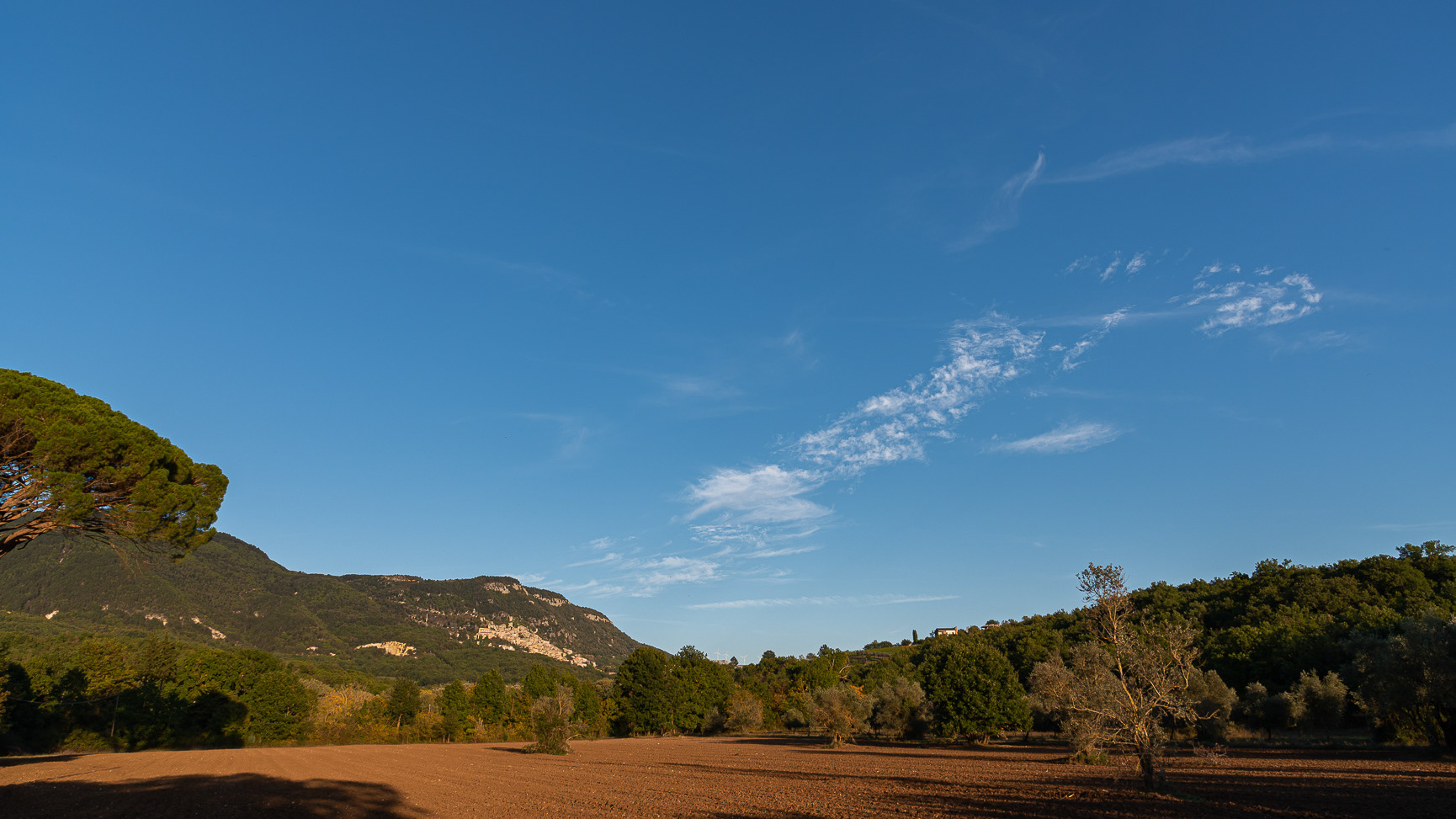
2021
Pesche, Molise. Panoramas
Panorama of Pesche, village in the province of Isernia, in Molise, perched along the steep slopes of Mount San Marco, a white spot against the green of the mountain and the gray of the stones.
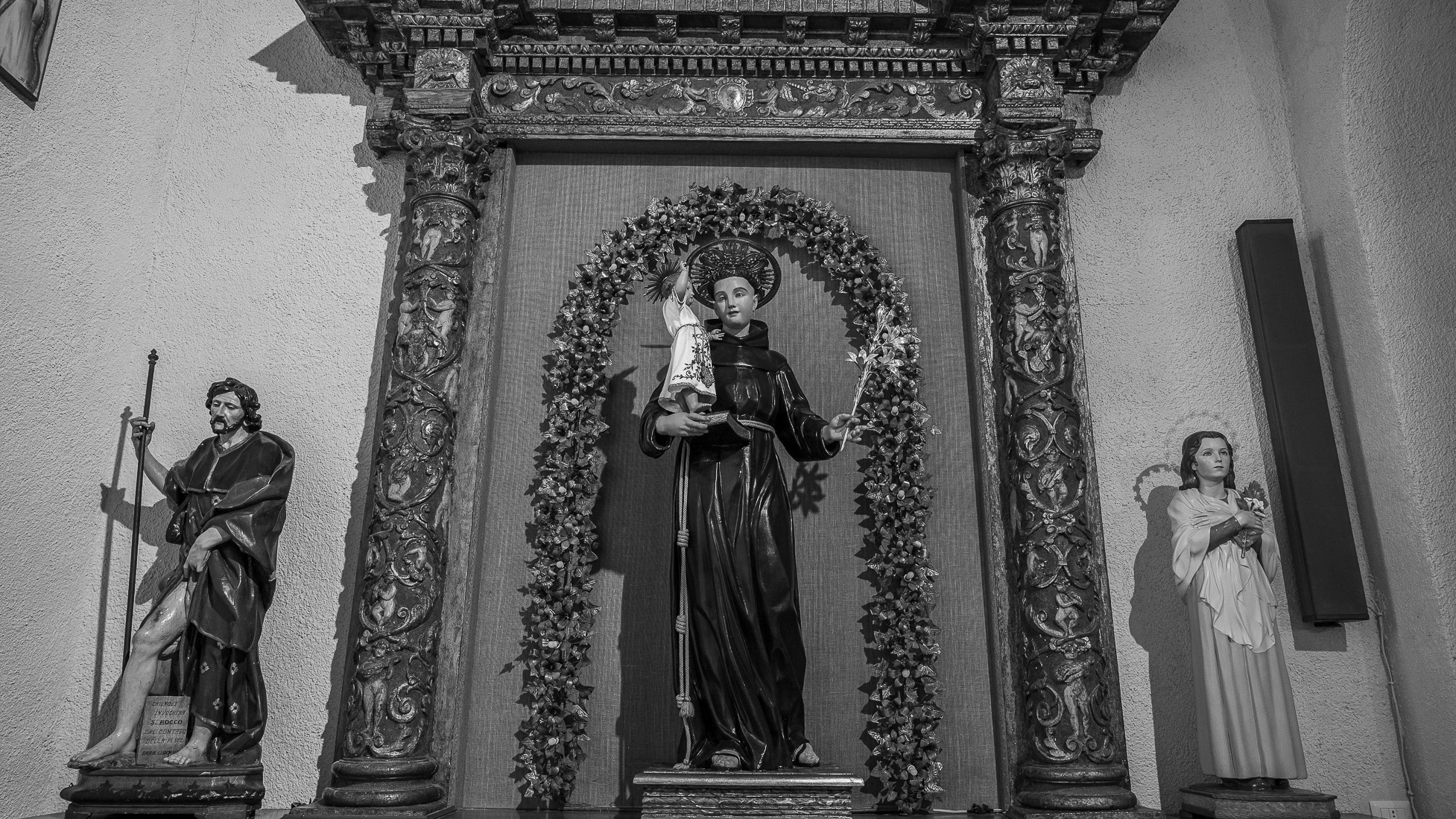
2023
Roccasicura. Church of St. Leonard of Limoges
Founded by the Longobards, it has maintained the old appearance of a small chapel with a single nave. The portal retains its 12th century appearance with a simple arch and lunette.
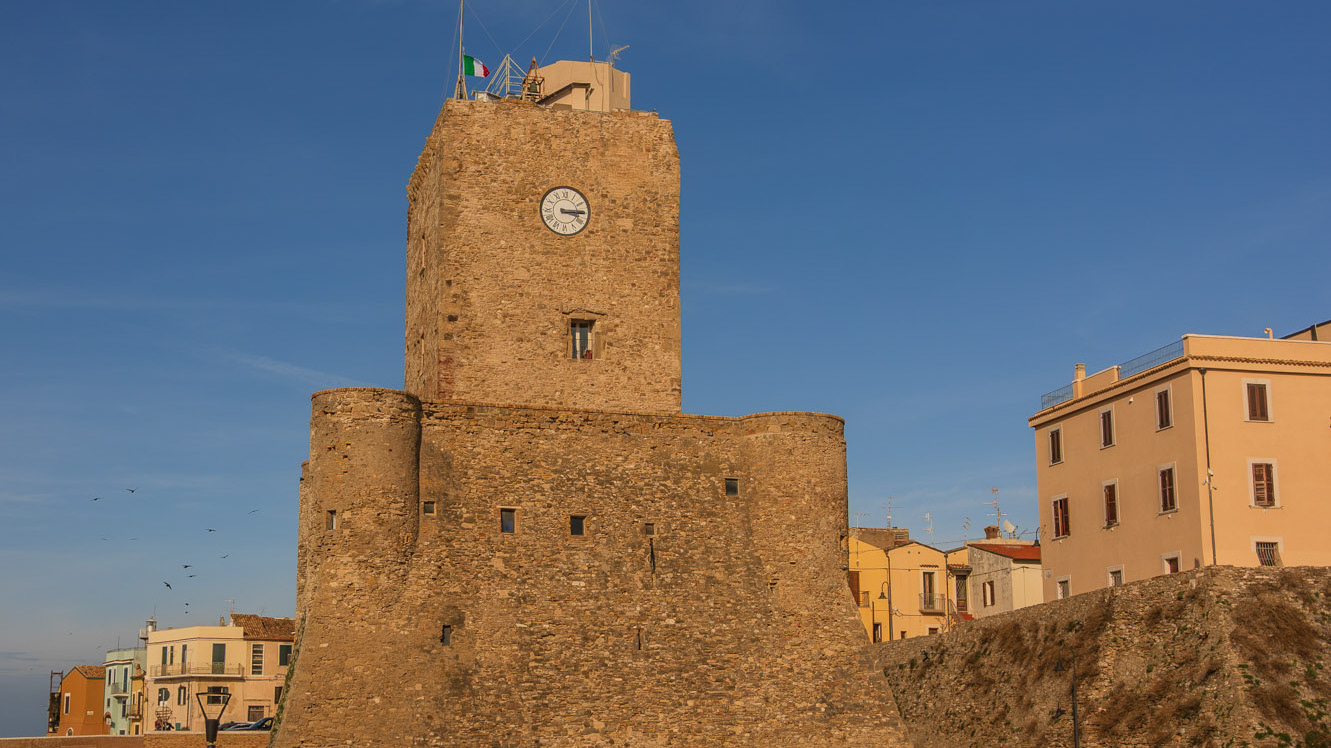
2025
Termoli
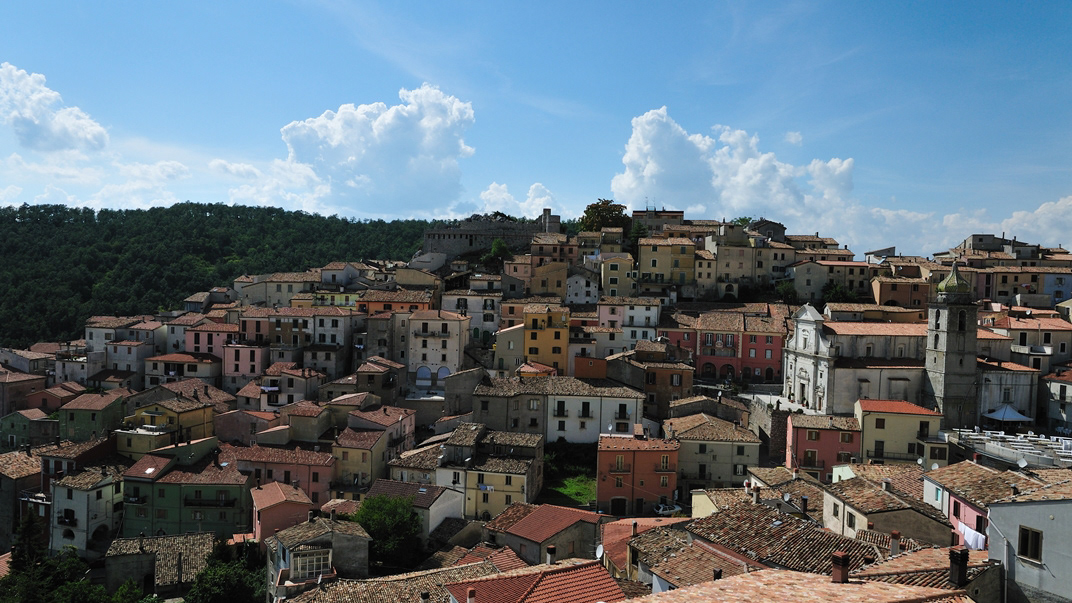
2011
Miranda (IS)
Miranda è un comune italiano di 1.022 abitanti della provincia di Isernia in Molise. Un primo insediamento umano nell'area dell'attuale comune è da far risalire probabilmente all'XI secolo, come testimonia la facies normanna del castello che si erge sul promontorio prece, di cui tuttavia sopravvivono pochi elementi architettonici. Attorno ad esso si struttura il nucleo originario del paese, inframezzato da vari muraglioni che individuano i successivi strati abitativi costruiti a partire dalla fortezza primaria. Le scarne documentazioni relative al feudo di Miranda testimoniano un fitto passaggio di proprietà tra varie famiglie nobili, tra cui i partenopei Di Somma, il cui stemma familiare costituito da due torri erte su fondo marino è ancora oggi il simbolo ufficiale del comune.
